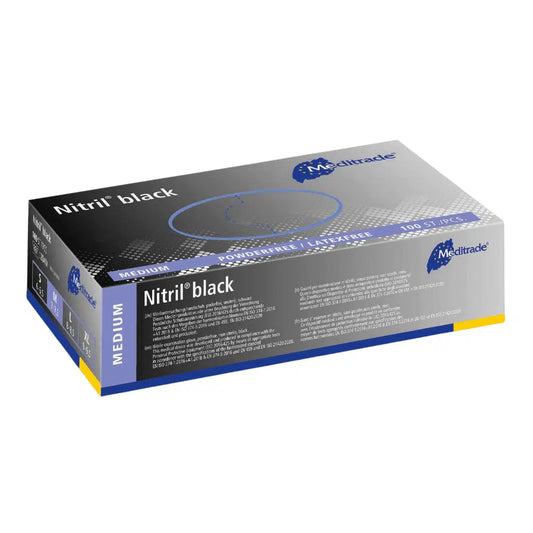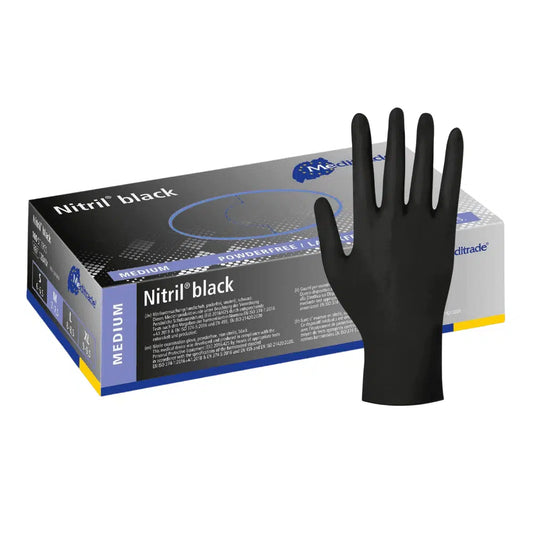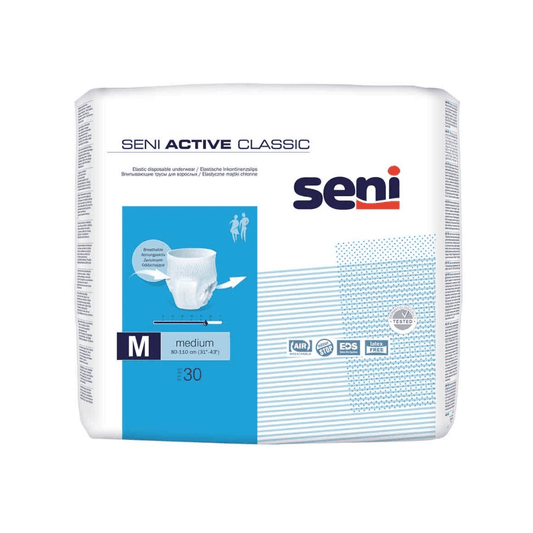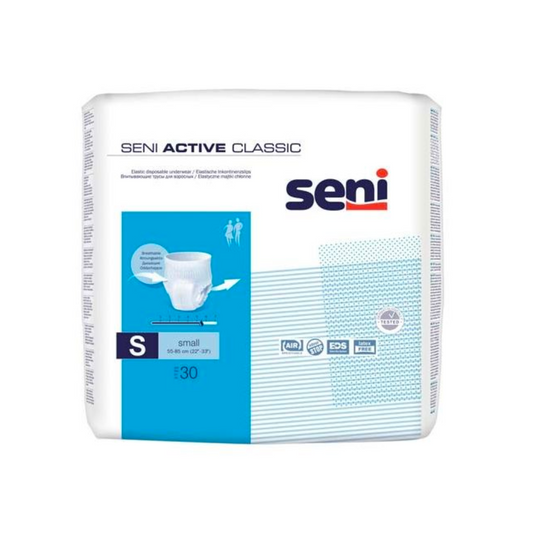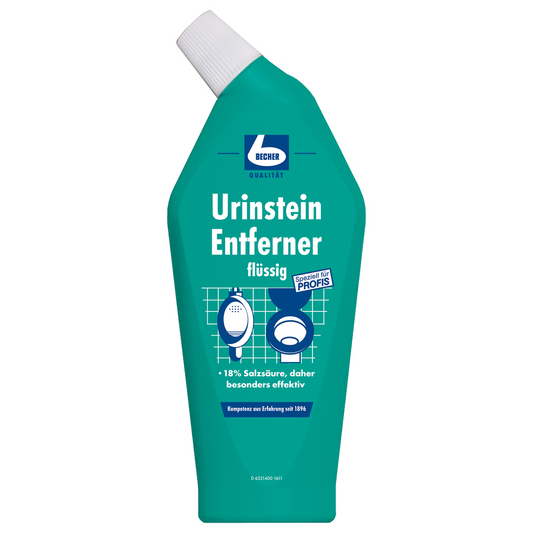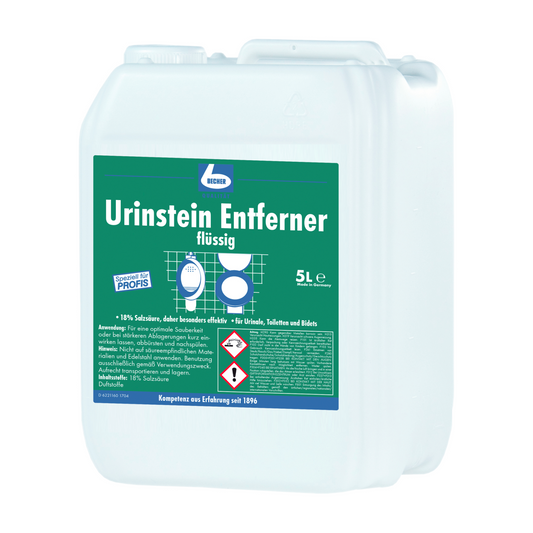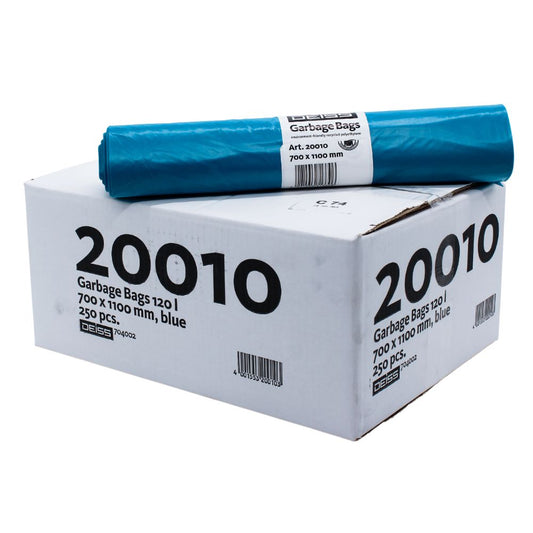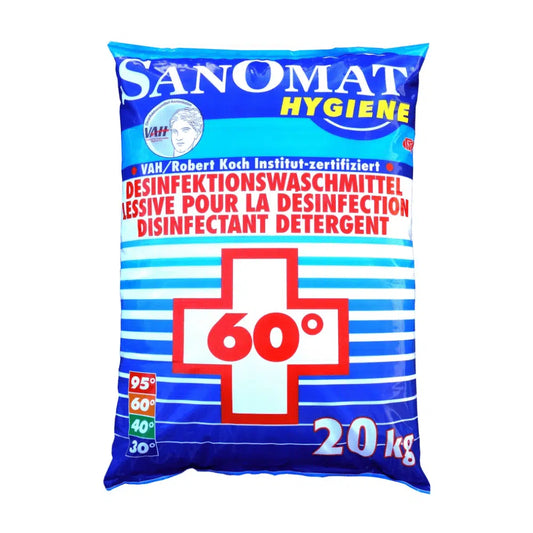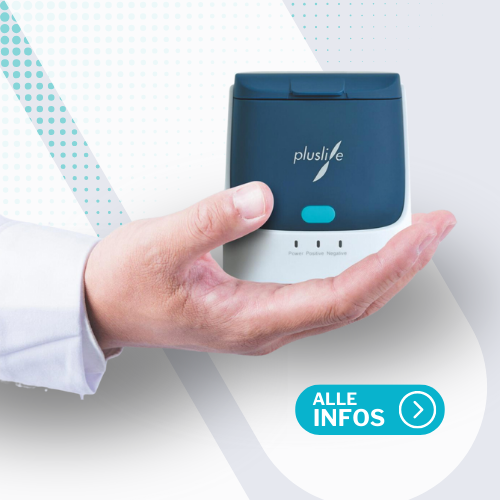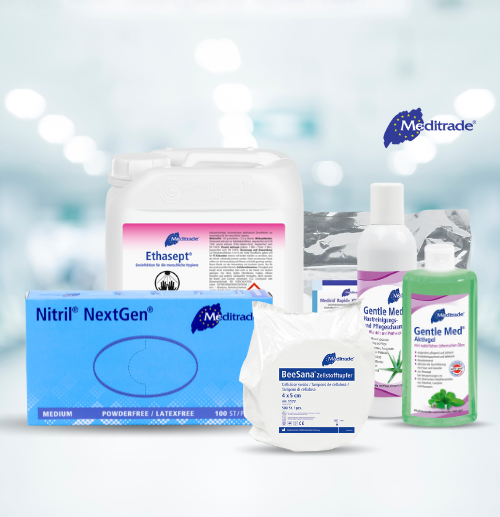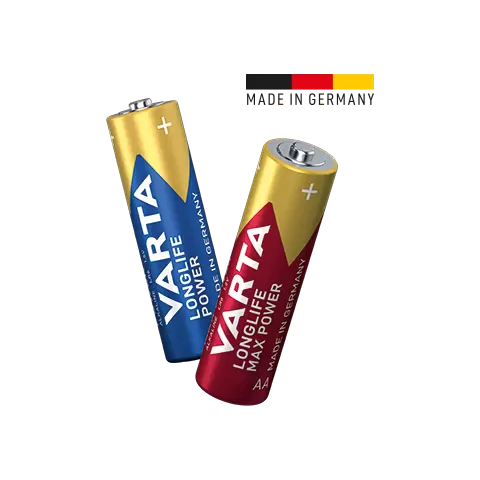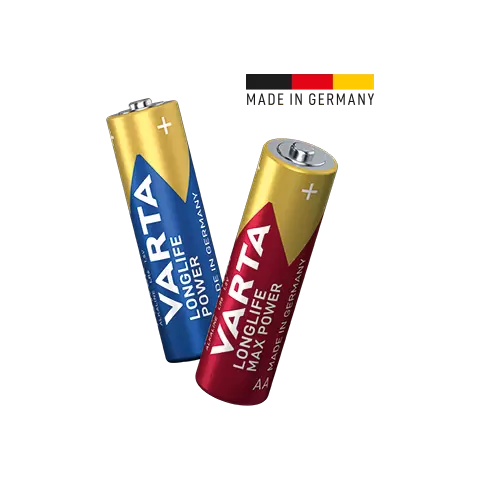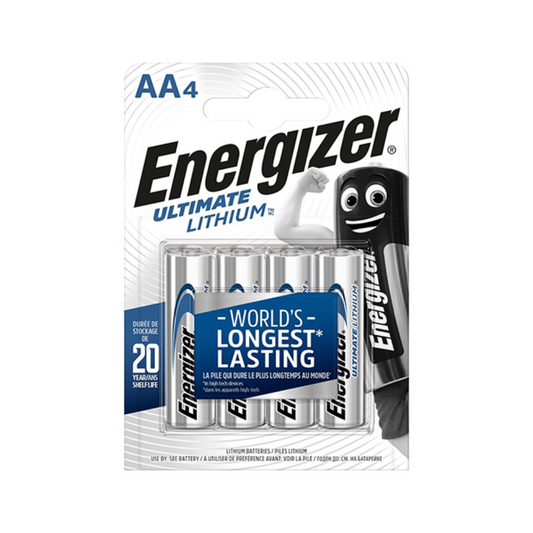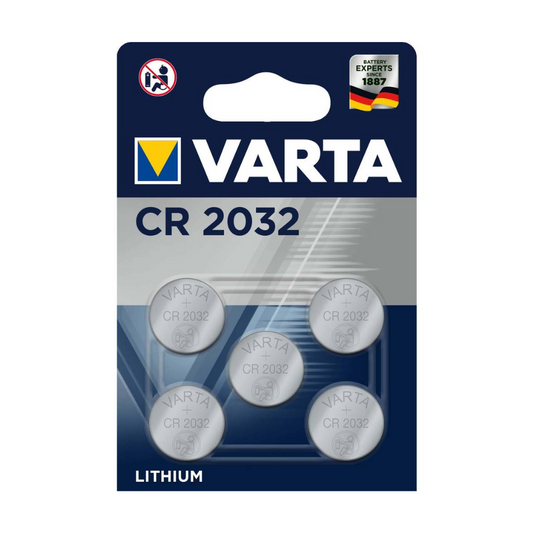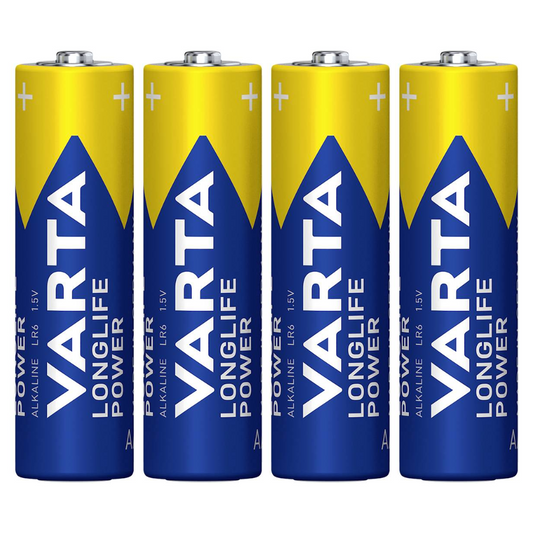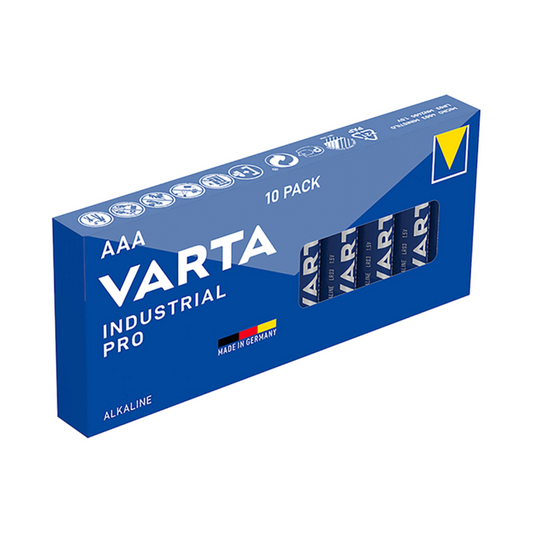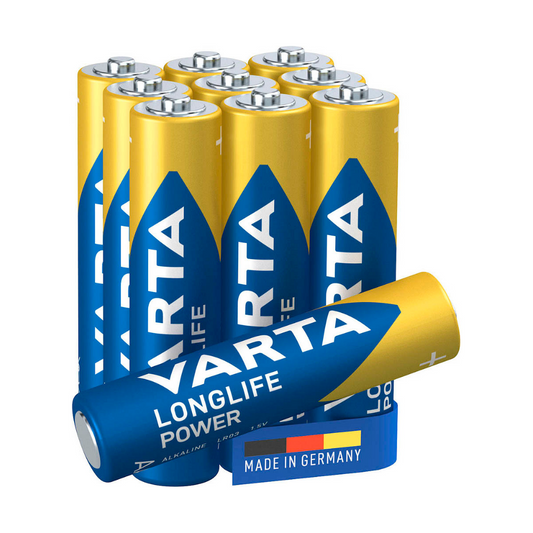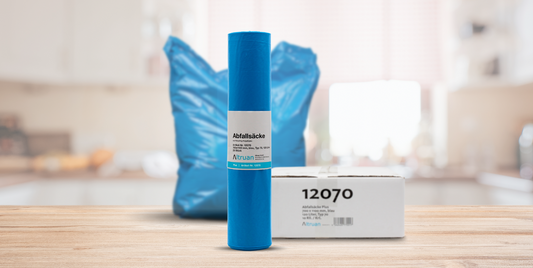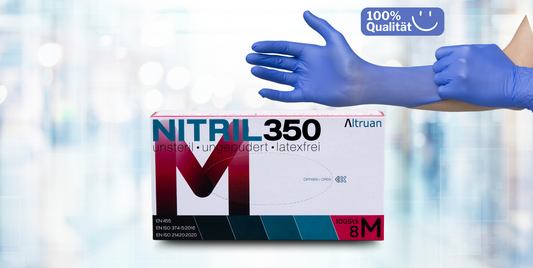Batteries
Filter
Product type
Current offers
Varta Industrial Pro Micro Battery 4003 LR03 AAA - 10 -pack | Pack (1 piece)
SKU: VA-4003
- Featured
- Best selling
- Alphabetically, A-Z
- Alphabetically, Z-A
- Price, low to high
- Price, high to low
- Date, old to new
- Date, new to old
- Featured
- Best selling
- Alphabetically, A-Z
- Alphabetically, Z-A
- Price, low to high
- Price, high to low
- Date, old to new
- Date, new to old
Müllbeutel & Müllsäcke
Wählen Sie aus einem breiten Sortiment an Müllbeuteln für jeden Bedarf.
Einmalhandschuhe
Egal ob puderfrei, steril, oder unsteril. Kaufen Sie Einmalhandschuhe für Ihren Bedarf.
Batteries: everything worth knowing about guys, quality and lifespan
Batteries are the driving force of our mobile society. With the growing use of electric cars, this term literally becomes more and more important. Batteries accompany us from the morning alarm ringing to the evening off the television with the remote control. In between, they enable the electricity -independent use of smartphones and tablets, show us the exact time on wristwatches or help us to find lost objects with the flashlight. Batteries are international: A Varta battery fits just as well in a Japanese kitchen scale as a Mignon cell from China in a radio from Westphalia.
The term "battery" is often used as a generic term for different energy storage systems. Basically, we can distinguish between primary batteries that are not rechargeable and secondary batteries that can be recharged again. In general, we often use the simple distinction between batteries and batteries. The legislator also divides them into device batteries, industrial batteries and vehicle batteries. In this article you will learn everything about the different types, quality, durability and the correct disposal of batteries.
What are the battery types?
Batteries differ mainly from the materials used, their size and construction. These materials are often valuable, so it is crucial not to simply dispose of primary cells used in household waste, but to return them to the recycling cycle. Here are the most common types of device batteries:
- Alkali-Mangan or alkaline batteries (AIMN): These batteries have a market share of around 66 percent and are characterized by their performance and capacity. They can be stored well and are almost leakage -proof.
- Zink coal batteries (ZNC or CZN): These batteries are inexpensive, but have a limited performance compared to alkaline batteries.
- Silver oxide batteries (AG2O): They offer high energy density and excellent performance in a small space, but are more expensive due to their raw material and production costs.
- Lithium batteries (Limno2, Lifes2, Lisoci2): Lithium cells have the lowest self-discharge and a flat discharge curve. They tolerate a wide range of temperature, can be stored for a long time, but are more expensive.
- Zinc-air batteries (ZNO2): They are characterized by high energy density and even discharge.
Most battery types have a voltage of 1.5 volts per cell. Combinations of several cells can achieve 9 volts or more. The capacity of the cells is measured in ampers hours (AH) and indicates how much energy the cell can deliver.
How does a battery work?
Batteries store chemical energy and release electrical energy. This process is based on different materials, each forming a plus pole (cathode) and a negative pole (anode). An electrolyte serves as a substance between them and a separator separates the two poles permanently. When a battery is inserted into a device, a circuit forms because electrons wander from the negative pole to the positive pole. In the meantime, the zinc in a Mignon cell of Varta makes electrons to the manganese via the potash eye (as a conductive substance). As soon as the zinc can no longer release free electrons, the battery is exhausted.
How do battery types differ according to their size?
There are various designated systems for battery sizes, including Ansi (American National Standards Institute). Here are some common sizes:
- D stands for mono cells (mostly zinc carbon or alkaline).
- C are baby cells (also zinc carbon and alkaline).
- AA are also mignon cells (zinc carbon and alkaline).
- AAA are the common micro cells (zinc carbon and alkaline).
- AAAA stands for mini (zinc carbon and alkaline).
- 9V refers to the 9-volt block (zinc carbon, alkaline and lithium).
What are the special advantages of button cells?
The small size and low weight are characterized by button cells, which makes them ideal for devices that are often taken away, such as wristwatches. They are also durable and are therefore suitable for devices that are only used occasionally. The chemical composition determines your name:
- PR stands for zinc air (1.4 volts).
- LR means alkaline (1.5 volts).
- SR stands for silver oxide zinc (1.55 volts).
- CR stands for lithium mangandioxide (3 volts).
Lithium button cells, as offered by Varta, can be stored for up to ten years and still keep up to 80 percent of their original load. They are also temperature -resistant.
Batteries or batteries: What makes more sense and why?
There is no clear answer to whether batteries or batteries are better, as this depends on the specific requirements. Here are the strengths and weaknesses of batteries and batteries:
Battery:
- Higher acquisition costs due to the required chargers.
- Nickel metal hydride (NIMH) or nickel zinc (NIZN) batteries have a high self-discharge rate of up to 25 percent per month, especially for rarely used devices.
- Lithium-ion batteries offer high performance and energy density with minimal self-discharge. They can be charged up to 2000 times.
Batteries:
- Alkaline batteries, whether Mignon or Micro, offer good terms at acceptable costs.
- Lithium cells last even longer, but are a little more expensive.
- Zink carbon cells are less powerful and therefore inefficient.
- All battery types are relatively sensitive to temperature.
In general, rechargeable batteries for frequently used devices are advantageous, while disposable batteries are suitable for devices that are rarely used or need extremely little electricity. Batteries keep their cargo better and longer than batteries. However, batteries are a better choice from the environmental perspective because they have a longer lifespan and cause less waste. Please note that the same regulations apply for the disposal of batteries as for mignon and micro cells: never dispose of it in household waste, but hand in handling or at municipal collection points.
Helpful tips on dealing with batteries and batteries:
- Use a battery tester to check the remaining energy in batteries.
- Only charge nickel-cadmium batteries when you are fully discharged to maintain your performance.
- Never touch the batteries leaked out with their bare hands, but clean the contacts with a damp cloth or a cotton swab that are dipped in vinegar.
- Beware of batteries containing lithium, they should not be exposed to high temperatures or dipped in water, as this can lead to the risk of fire and explosion.
In our shop you will find a variety of battery types, from Mignon cells to button cells to 9V blocks. We offer alkaline batteries and lithium batteries from Varta as well as other manufacturers for all common applications and special needs. We would be happy to advise you on your selection.
